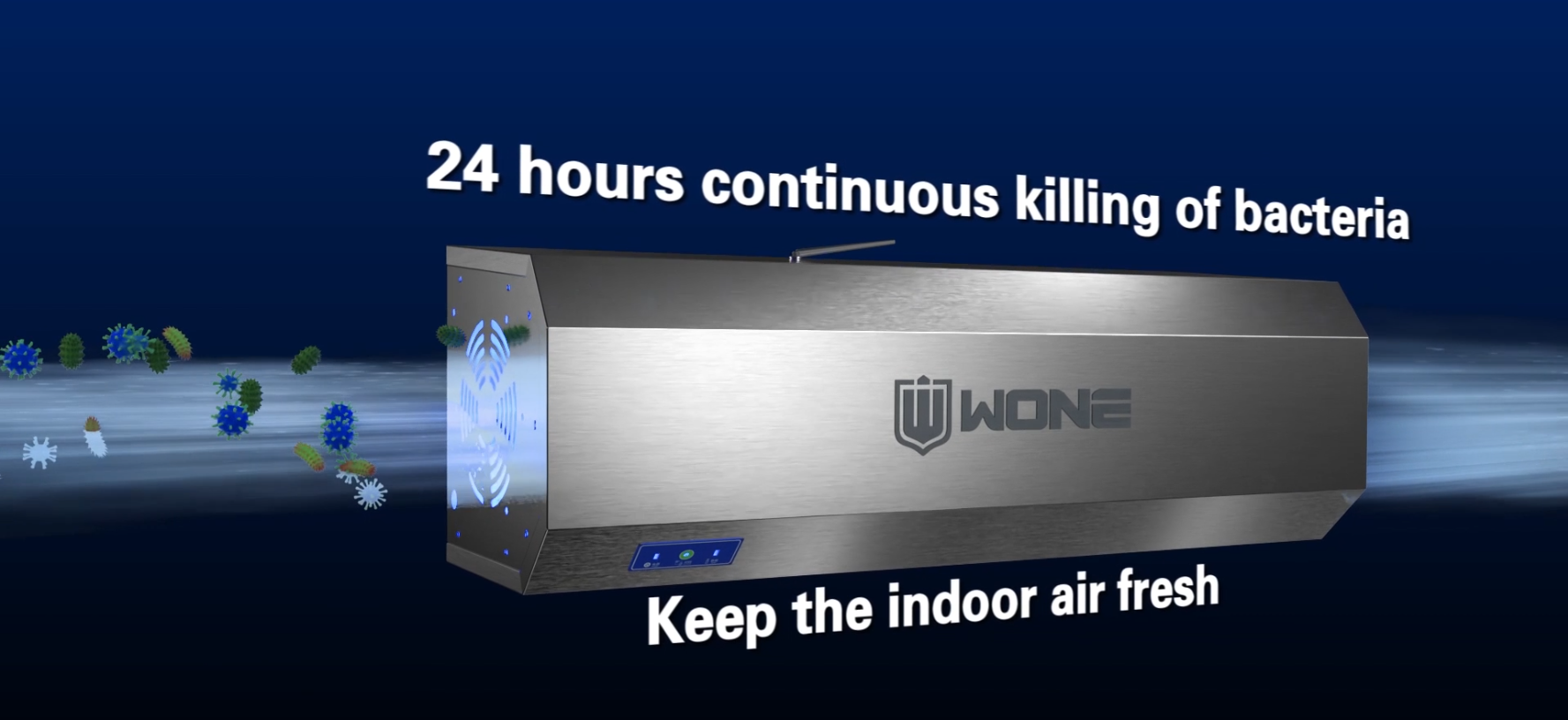Does air quality in food factories affect food quality?
Air quality plays a vital role in the food production process, significantly affecting food quality and safety. In food factories, maintaining high
air quality is critical. Airborne microbial contamination, chemical contaminants, temperature and humidity control can all affect the overall
integrity of the food being produced.
One of the major issues with air quality in food plants is the possibility of microbial contamination. Poor air quality can lead to the circulation
of airborne bacteria, mold and spores that can be deposited on food during processing and packaging. This contamination can lead to food-
borne illness, spoilage, and reduced shelf life, compromising food safety and quality.
On September 5, 2024, Japan reported that coliform bacteria were detected in frozen fried shrimp products exported from our country. Aqu-
atic products processing workshops are prone to bacteria breeding due to high humidity, so effective sterilization measures are critical.
Seafood processing often involves moist environments and variable temperatures, which promote microbial growth. Here are some common
microorganisms and why they may thrive:
1. Bacteria
- Vibrio spp.
- These bacteria are found in marine environments and can thrive in seafood, especially at warmer temperatures. They are often associated with raw or undercooked seafood.
- Salmonella
- Salmonella can contaminate seafood through cross-contamination from other foods or the environment. It can survive in a variety of conditions, making it a concern for processing plants.
- Listeria monocytogenes
- This bacteria can grow at refrigerated temperatures and is often found in ready-to-eat seafood products. Its ability to survive cold, wetenvironments makes it a significant concern in seafood processing.
- Escherichia coli (E. coli)
- E. coli can enter through contaminated water or surfaces and multiply rapidly in food processing environments, especially if hygiene practices are not strictly followed.
2. Yeast and mold
- Candida and Rhodotorula
- These yeasts can grow on seafood because they thrive in high humidity environments. They can cause spoilage and off-flavor of seafood products.
- Aspergillus and Penicillium
- Mold can grow on seafood, especially if the product is not stored properly. They produce mycotoxins that pose health risks.
3. Viruses
- Norovirus
- This virus can contaminate seafood through contaminated water or handling by infected workers. It is highly contagious and can survive in a variety of conditions.
-Hepatitis A
- Similar to norovirus, hepatitis A can be spread through contaminated water or food handling. It poses a significant risk in seafood processing environments.
In addition to disinfecting food surfaces, the key sterilization measures are also crucial to disinfect the air.
Common air disinfection machines on the market integrate ultraviolet and ozone functions. Its ultraviolet function can kill bacteria, mold spores,
viruses, etc.

In summary, food factory air quality has a profound impact on food quality and safety. By effectively managing air quality, food manufacturers
can reduce the risk of contamination and maintain optimal processing conditions.



